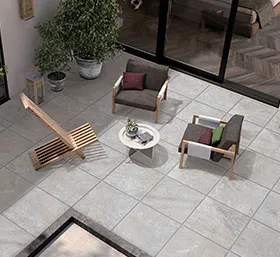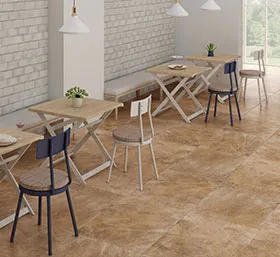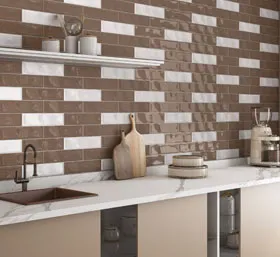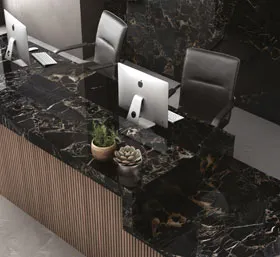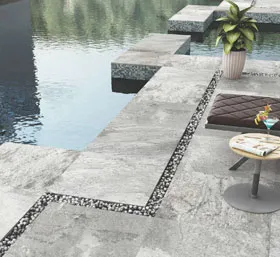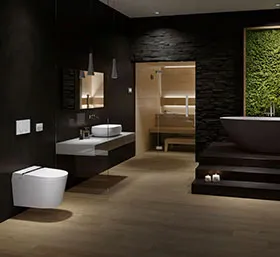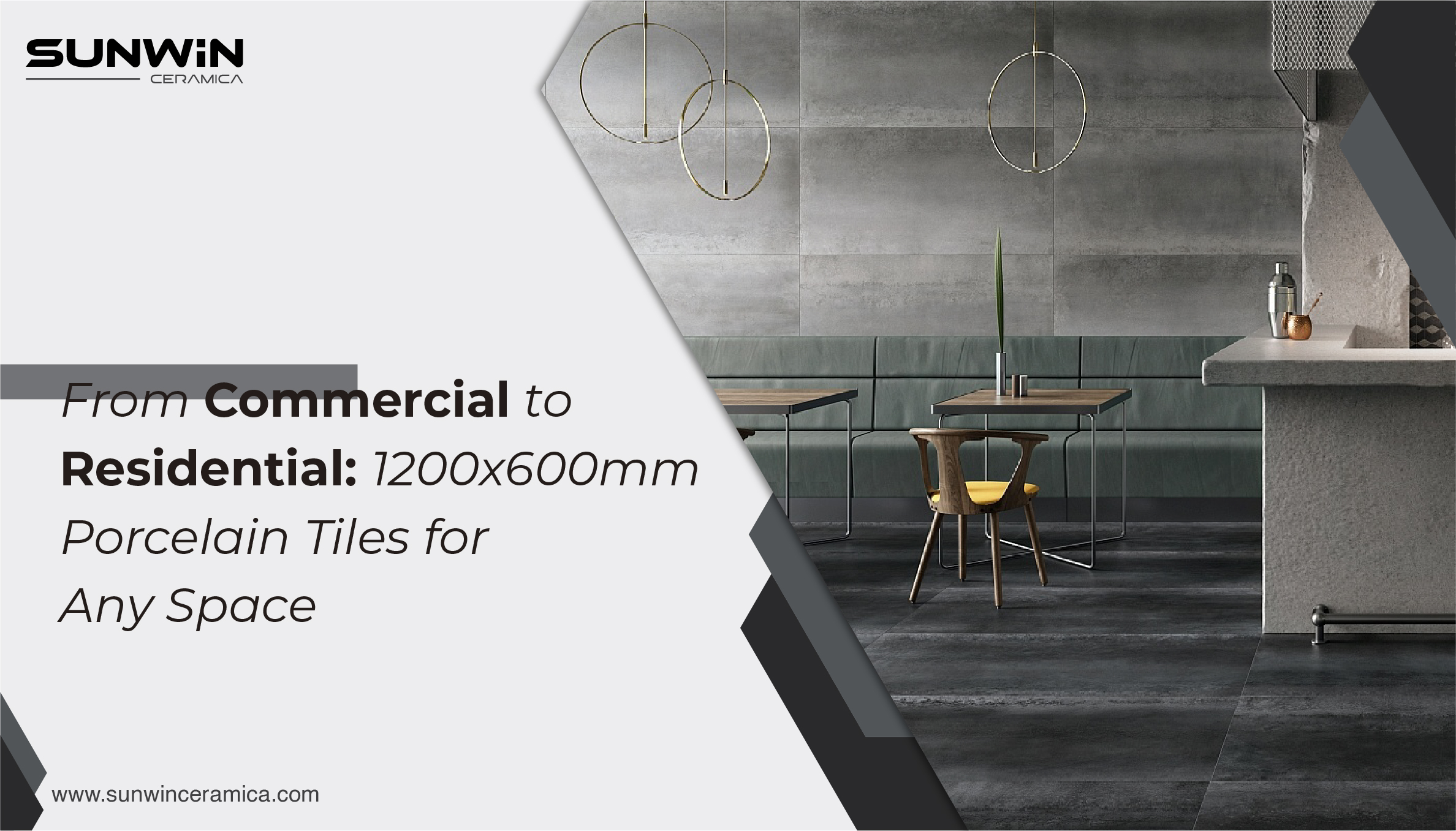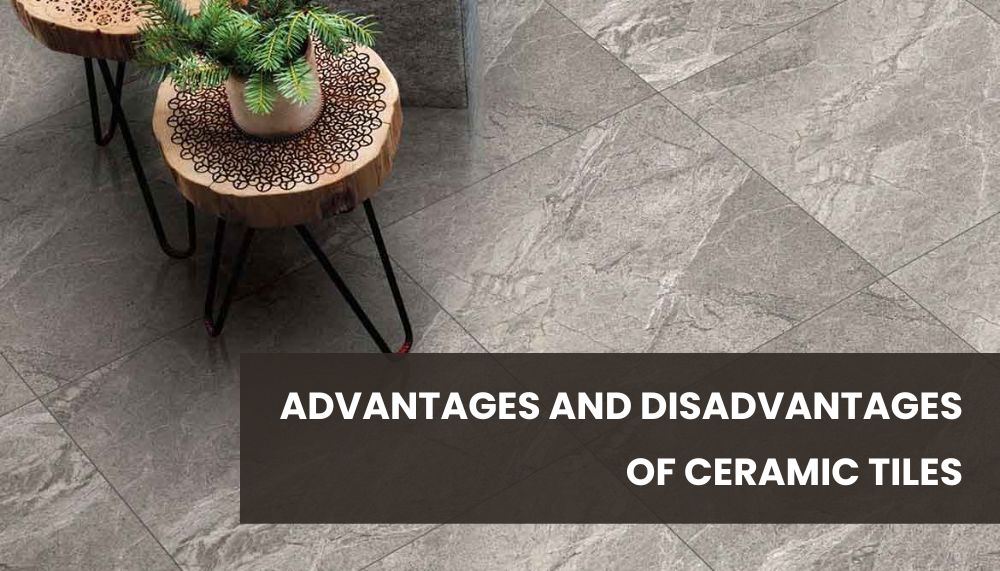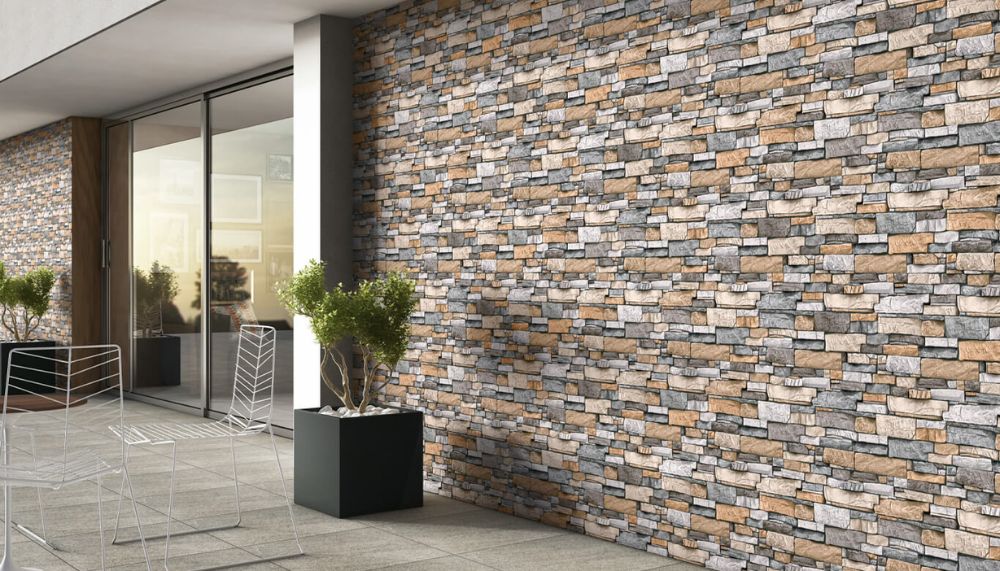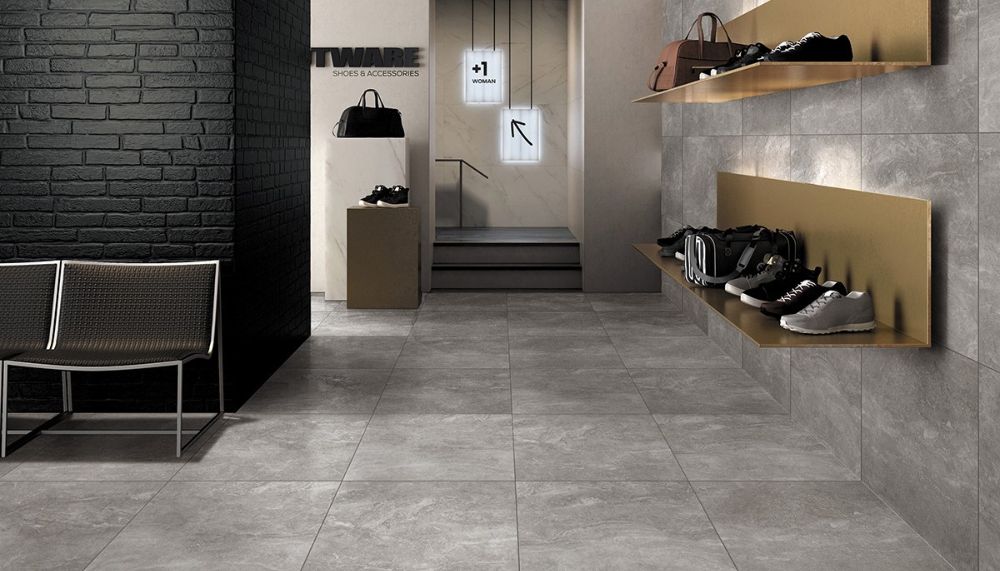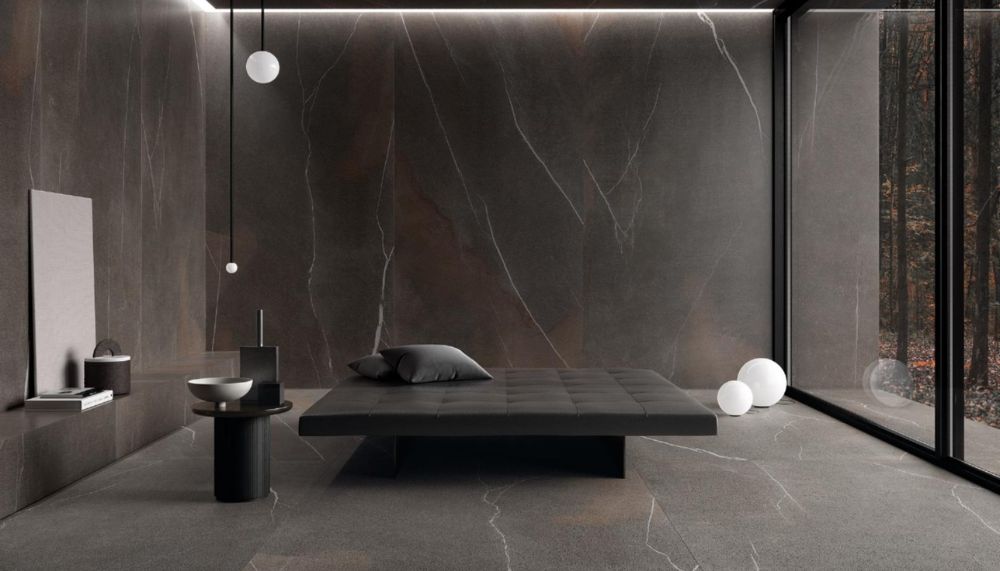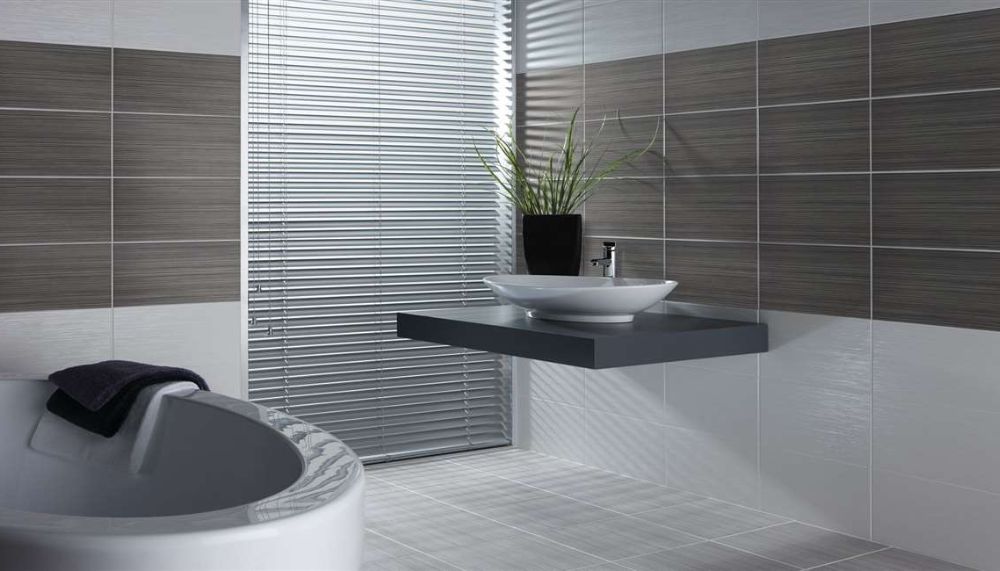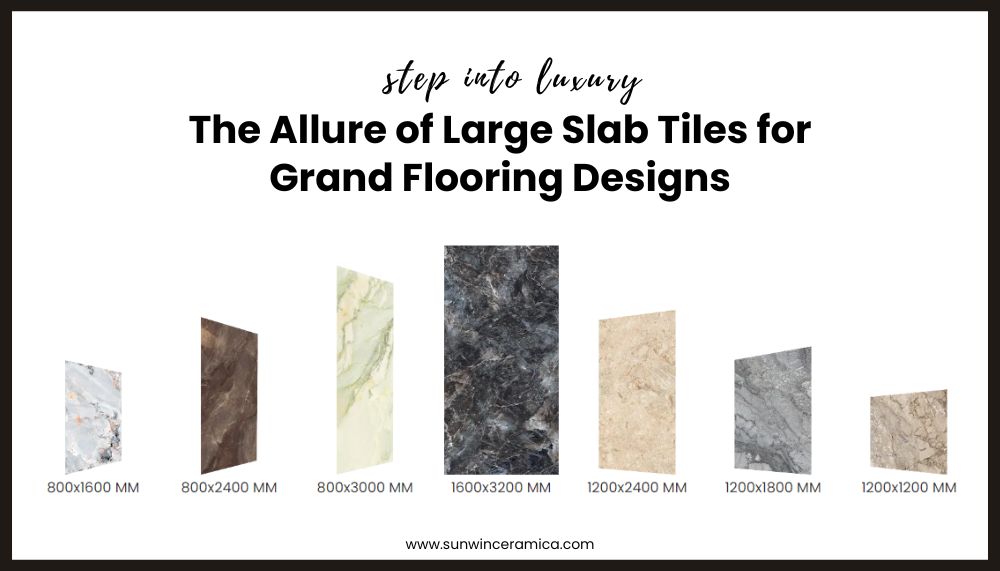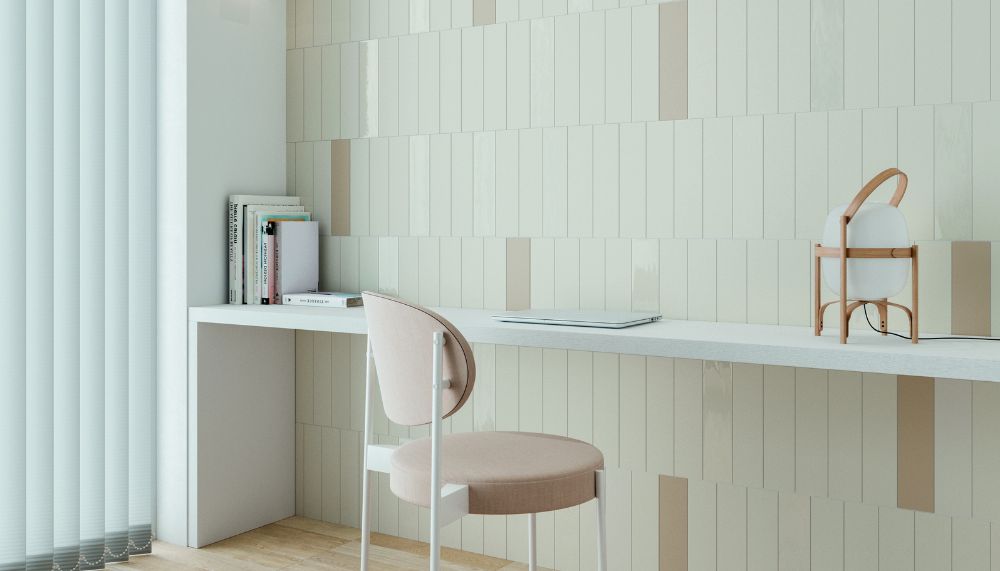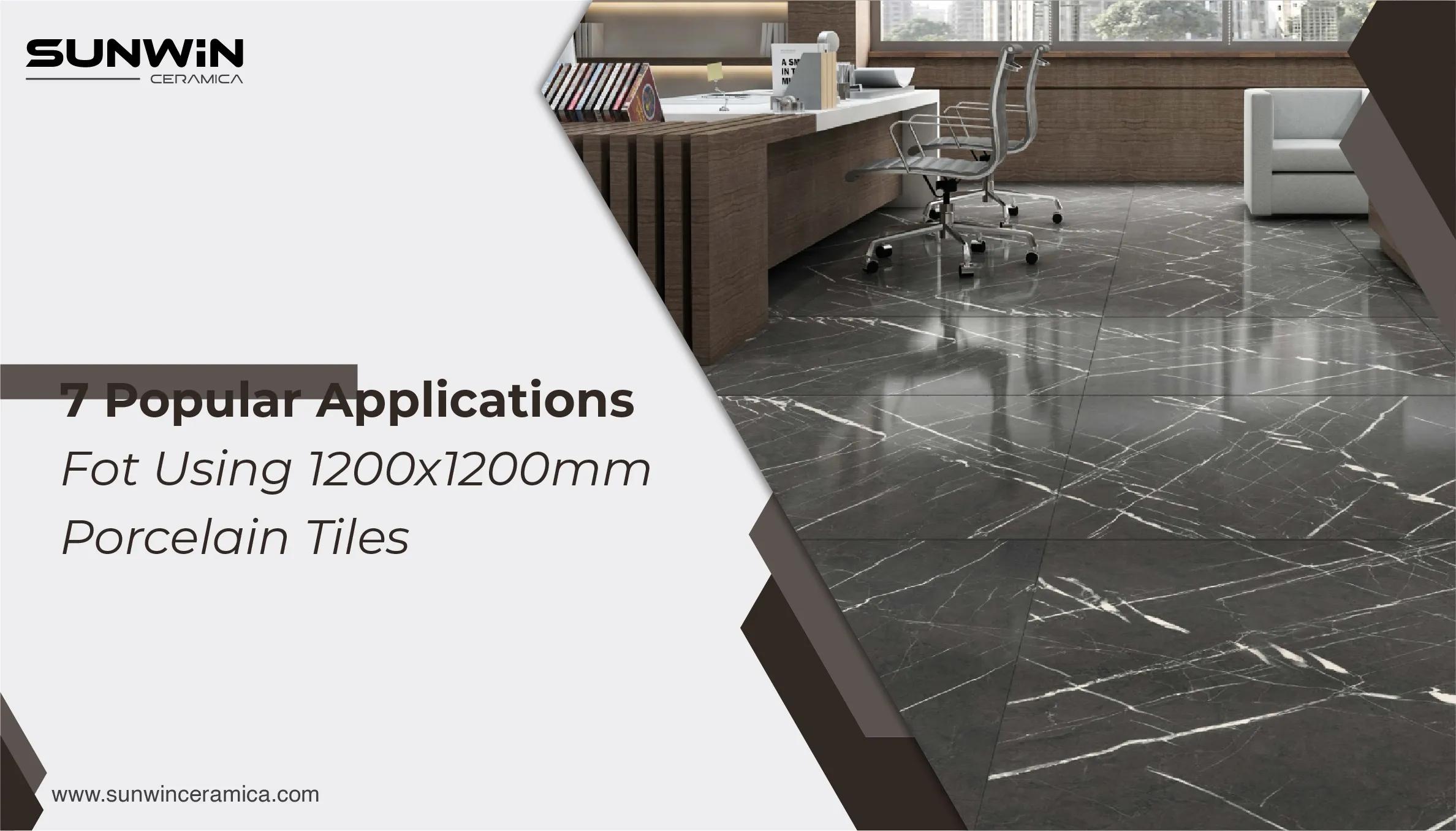
Selecting the right type of tiles for your home is a vital decision. Whether you're renovating or designing a brand-new cherished space. Among the myriad options available, the final decisions are usually between the glazed tiles and vitrified tiles. With each of them serving vivid qualities and advantages. Resulting in the deciding factor being challenging.
The blog delves into sharing the knowledge of the respective differences and characteristics of glazed tiles and vitrified tiles. By the end of the blog, we ensure you will understand the significance of the tiles. And ready to make an informed choice that aligns with your preferences and requirements.
Glazed Tiles: Aesthetic Appeal and Versatility
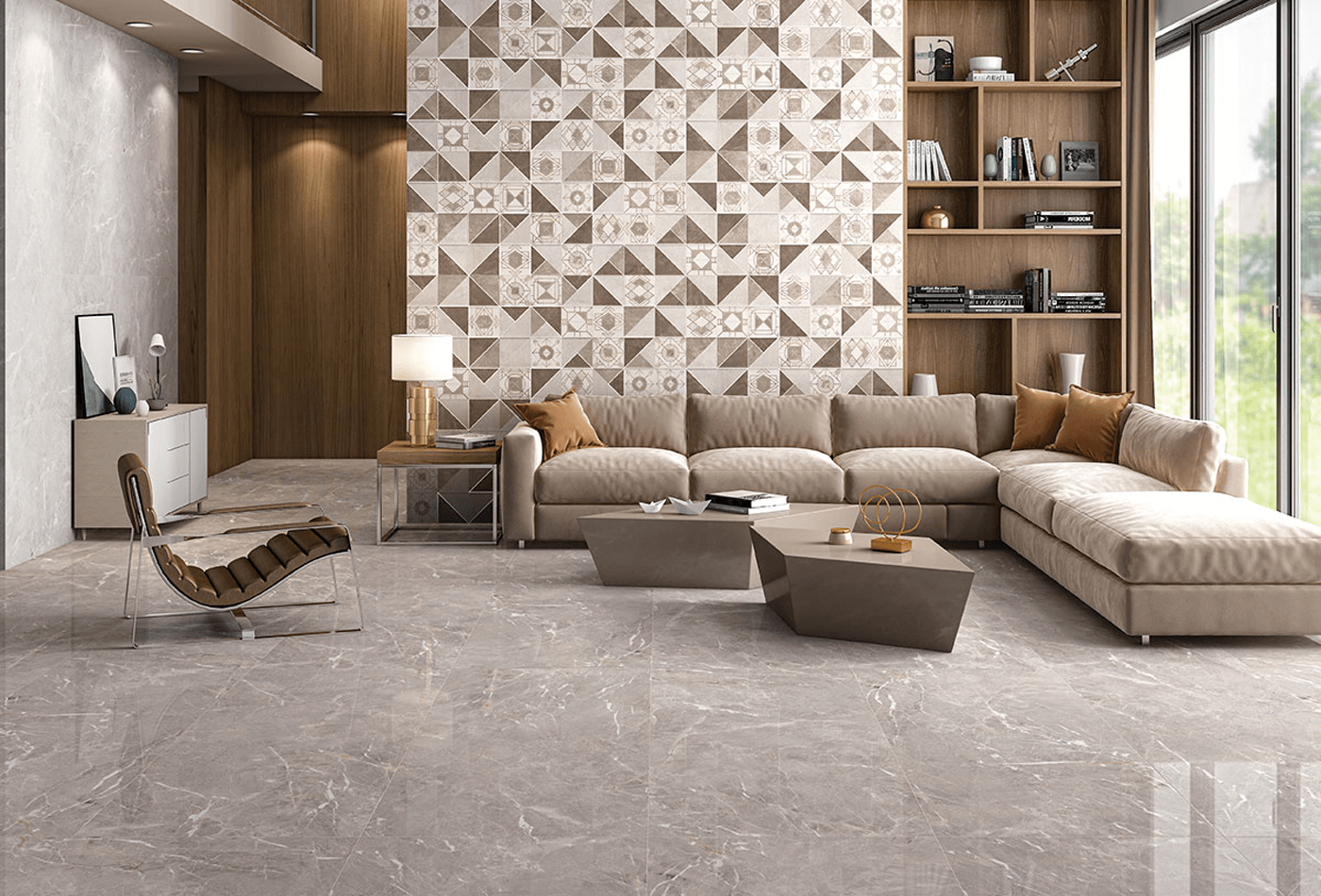
Glazed tiles are a popular choice when aesthetics are your focus point in the decision-making process for choosing tiles. These tiles gain a glossy appearance when the ceramic tiles with a layer of glaze are applied to the surface.
The glaze comes in various colors, patterns, and designs, making glazed tiles incredibly versatile for different spaces in your home.
Glazed tiles' glossy finish gives a room a sense of elegance and reflects light, giving the impression of greater light and space. They are therefore a great choice for smaller spaces or places with little natural light.
The wide range of colors and patterns available in glazed tiles is one of their main advantages. Depending on whether you want a sleek modern, rustic, or classic style. The aesthetic that fits your vision is glazed tiles. They are a great option for accent walls in living rooms, bathroom walls, and kitchen spaces.
Be aware that the tiles' glaze tends to deteriorate over time. Generally, when they are installed in locations with a lot of traffic. It results in causing the glossy finish to fade and more upkeep to be needed.
Vitrified Tiles: Durability and Low Maintenance
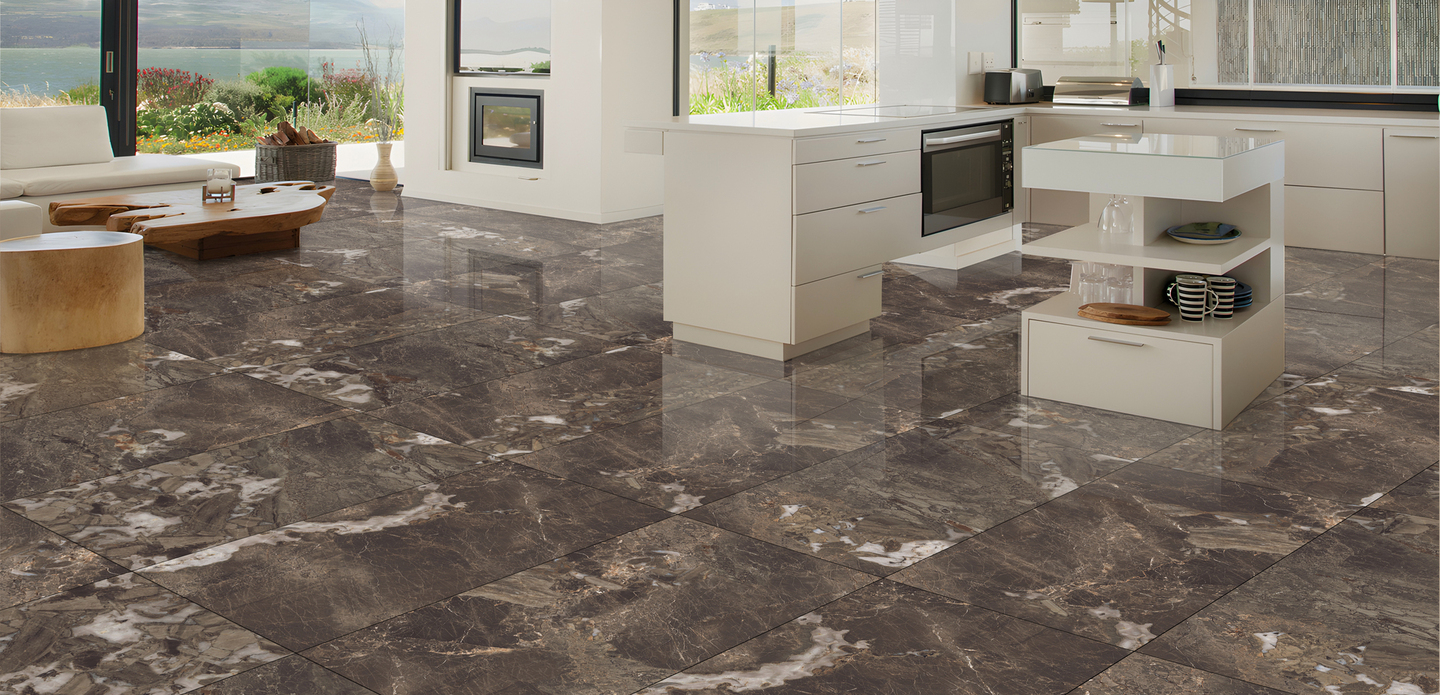
The vitrified tiles represent the opposing viewpoint. These are great when you need tiles for high-traffic areas, as they are highly durable with low maintenance quality. Clay and silica are fused at high temperatures to produce vitrified tiles. Consequently, a very hard and non-porous surface was produced.
They are naturally hard. Ceasing the property to be extremely resilient to moisture, stains, and scratches. This makes them a great option for high-traffic areas. Usually being the living rooms, hallways, and even outdoor areas.
The ease of maintenance of vitrified tiles is one of their best qualities. They only need the occasional mop and a fast sweep to keep them looking like new. Cleaning them is a breeze. This low-maintenance characteristic is a big plus, especially for homeowners who want hassle-free solutions.
Vitrified tiles have aesthetic variations, designed to resemble a variety of natural materials. These include metal, wood, and natural stone. Because of its adaptability, homeowners take advantage of vitrified tiles' longevity and durability while still achieving the look they want.
Choosing the Right Tiles for Your Home
Location: Fixate on a place to install the tiles.
Aesthetics: Know your goals and achieve them as a priority.
Maintenance: Assess your willingness to invest in maintenance.
Budget: Budget plays a major role when it comes to remodeling.
Final Word
Both glazed tiles and vitrified tiles have their unique advantages and are suited to different purposes. Your choice should align with your specific requirements, budget, and the overall look you want to achieve.
Whether you prioritize aesthetics or durability, there is a tile option that's perfect for your home. Lastly, a well-informed decision will ensure that your chosen tiles meet your needs. Also, elevate the beauty and functionality of your living spaces.
In conclusion, selecting the right tiles for your home is a big decision. If you find it challenging to choose between glazed and vitrified tiles. It’s always advisable to connect with a professional for suggestions. They run a thorough review of your specific needs and space. Their expertise guides you to the perfect tile solution.
